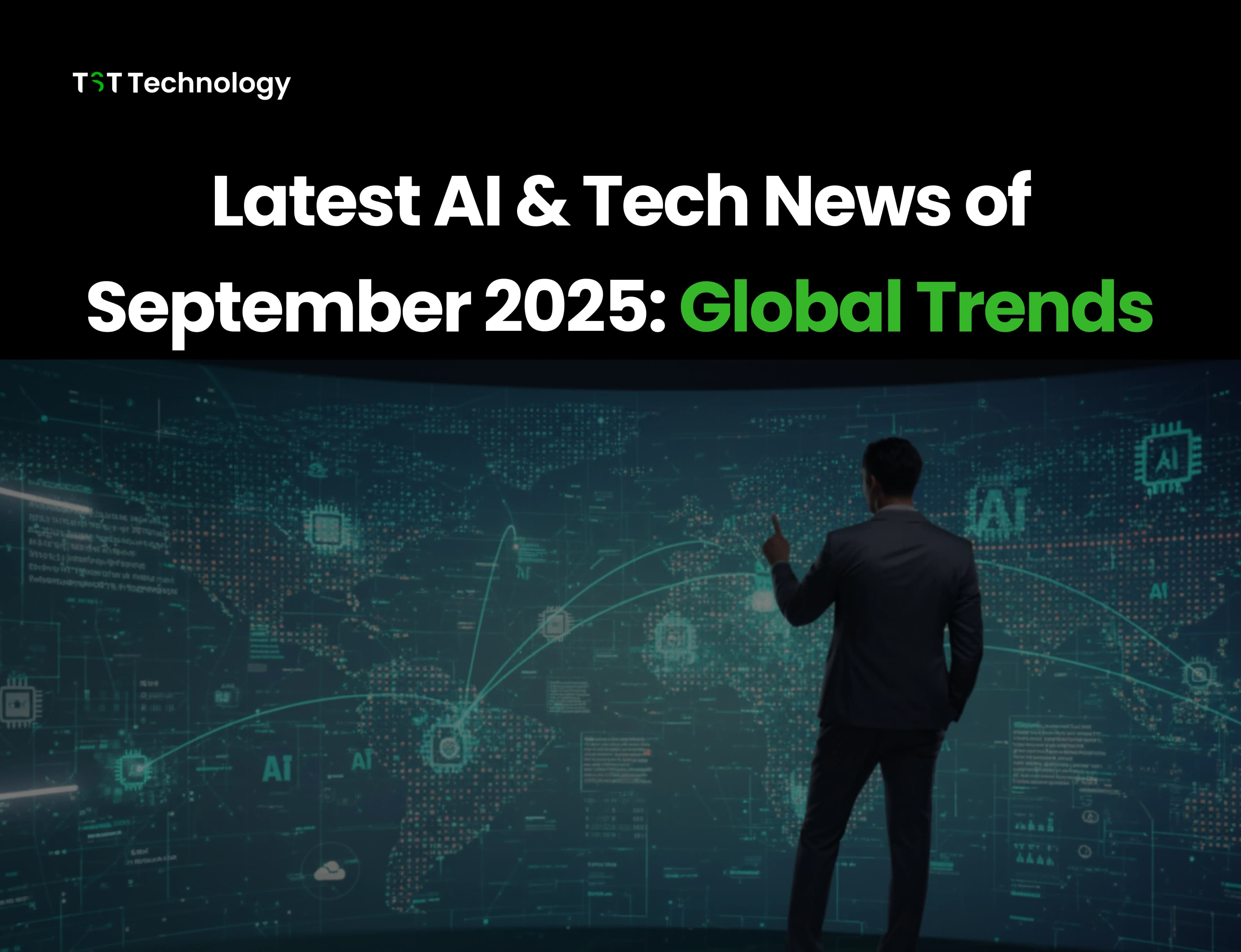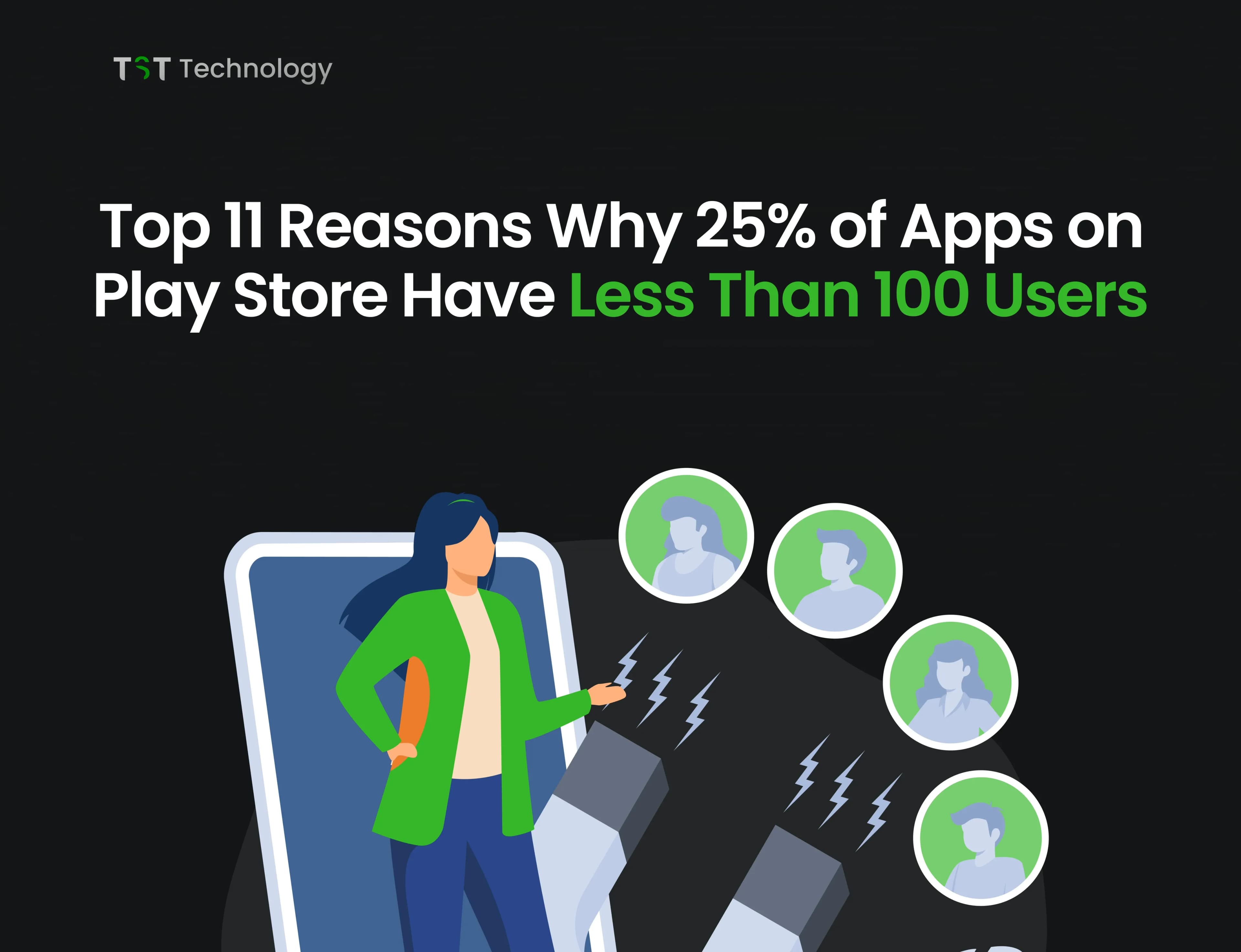The AI revolution just hit warp speed.
October 2025 witnessed an unprecedented wave of groundbreaking technological announcements that are fundamentally transforming how we create content, interact with the web, and automate our daily lives. From OpenAI's groundbreaking Sora 2 video generation platform and Atlas browser to Nvidia's historic $5 trillion valuation and humanoid robots entering homes, this month marked a pivotal moment in AI technology advancement.
This comprehensive roundup will cover the most significant AI tech updates from October 2025, including next-generation video generators, revolutionary AI browsers, enterprise AI investments, humanoid robotics, and platform expansions that are reshaping the digital ecosystem.
Sora 2: OpenAI's Next-Gen Video Generator
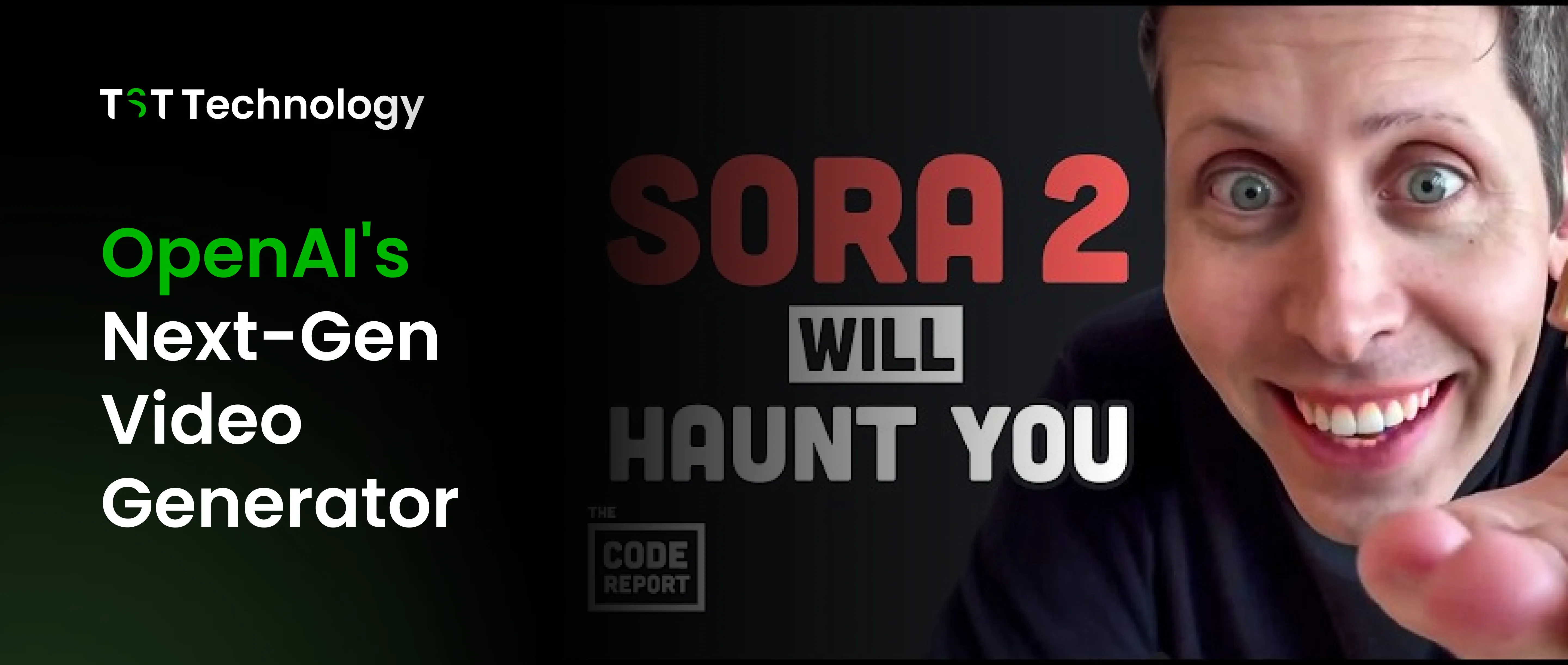
OpenAI’s Sora 2 is a groundbreaking video generation model that takes AI realism and control to an entirely new level. It represents a major leap from earlier AI-generated clips, producing hyper-realistic, physically accurate videos. Unlike its predecessor, Sora 2 features integrated sound, allowing for the creation of complete, lifelike scenes from simple text prompts. Its versatility allows for diverse outputs, ranging from anime and cartoons to cinematic, realistic footage, showcasing the model’s broad creative potential and technical sophistication.
With an interface designed for engagement featuring a “For You” explore page, creator profiles, and interaction options like likes, comments, and follows, the platform mirrors modern content ecosystems. Operating on an invite-only model, Sora aims to spark social momentum while shaping what some call the “Slop Machine” era of AI. Alongside similar projects like Meta’s “Vibes,” it signals a shift toward infinitely scalable, hyper-personalized AI entertainment, even as OpenAI maintains its stated mission toward Artificial General Intelligence (AGI).
The Libriphone: A Glimmer of Hope for Free Mobile Technology
The Free Software Foundation (FSF) has launched the Libriphone (Liberty Phone), an ambitious initiative to create a truly open-source smartphone ecosystem. The project aims to liberate users from the growing technological dominance of the Apple-Google duopoly, which the FSF argues has turned modern smartphones into instruments of surveillance and digital dependency. This issue, they note, is further intensified by the global push toward digital ID systems that centralize user data and control.
Led by hacker Rob Savoye, the Libriphone’s mission is to replace every proprietary component in smartphones with fully free software, ensuring users gain practical technological freedom without compromising essential functionality. Unlike previous open-source mobile efforts that required users to sacrifice features such as Wi-Fi or GPS, the Libriphone seeks to deliver complete usability under the principle of full software freedom.
While Android’s Linux-based core is technically open-source, many critical components, firmware, camera drivers, and system services remain closed-source “blobs.” The Libriphone aims to remove these barriers and offer a genuine alternative to the current “crony surveillance state.”
OpenAI Atlas Browser: Challenging Google's Search Dominance
On October 24, 2025, OpenAI launched Atlas, an AI-powered web browser that integrates ChatGPT as the main interface for online exploration. With over 800 million ChatGPT users, Atlas redefines how people search, browse, and interact online, shifting from keyword-based queries to intent-driven, conversational browsing. Its autonomous “agent mode” enables users to access summaries, recommendations, and even perform actions without visiting multiple websites, marking a major step toward an AI-first internet era and challenging Google’s dominance in search and advertising.
Key Features of Atlas Browser
- AI-Integrated Browsing: ChatGPT serves as the core browsing assistant.
- Agent Mode: Performs searches and tasks autonomously based on user intent.
- Contextual Understanding: Delivers answers, summaries, and recommendations directly.
- Ad Revenue Potential: Positions OpenAI to capture new advertising opportunities.
- AI-First Search Experience: Prioritizes natural language queries over traditional SEO.
OpenAI Restructuring: Microsoft Receives 27% Stake
OpenAI reached an agreement with Microsoft to grant a 27% stake in the startup as part of a comprehensive restructuring plan that clears the path for the ChatGPT maker to become a for-profit business. This transformation marks a significant departure from OpenAI's original non-profit structure and reflects the company's need for substantial capital investment to continue advancing AI research and AI Product development.
The partnership deepens Microsoft's already substantial involvement in OpenAI's operations, having previously invested billions in the AI company and integrated ChatGPT technology across its product ecosystem. This ownership structure provides OpenAI with financial stability while ensuring Microsoft maintains significant influence over the company's strategic direction.
The Humanoid Robot Neo and the Automation Landscape

The company 1X has released Neo, a humanoid robot available for purchase at $20,000 or rent for $500 per month. Standing 5'6" tall and weighing 66 lbs, Neo is a strong and quiet machine capable of lifting 154 lbs. It operates using Nvidia's Jetson Thor hardware and the open-source Groot foundational models, which control its movement and are also used by major companies like Boston Dynamics and Amazon Robotics.
As a cloud-connected device designed to live in the home, Neo can see, hear, and remember its surrounding environment, which raises significant privacy concerns. While the robot can perform various household and blue-collar tasks, it has limitations, such as not being able to cook or drive. Crucially, when Neo encounters an unfamiliar task, it requires a human "1X expert" to remotely pilot, or teleoperate, the robot using a VR headset, indicating it is not yet fully autonomous and depends on a human support system for learning new tasks.
Microsoft Windows 11 Gets AI-Powered Copilot Enhancement
Microsoft rolled out a substantial update to Windows 11 in October 2025, introducing significant improvements to Copilot with agentic AI capabilities through the "Hey Copilot" feature. This advancement transforms Copilot from a reactive assistant into a proactive agent capable of understanding context, anticipating user needs, and executing complex multi-step tasks autonomously.
The update enables Copilot to operate more naturally within the Windows ecosystem, handling tasks like file management, application control, and system settings adjustments through conversational commands. Users can now instruct Copilot to perform sequences of actions without manually specifying each step, representing a fundamental shift toward true AI agents that understand user intent and workflow patterns. This development aligns with the broader industry trend of moving from simple chatbots to sophisticated AI agents capable of independent action within defined parameters.
Meta's AI Spending Increases to $70-72 Billion with 26% Revenue Growth
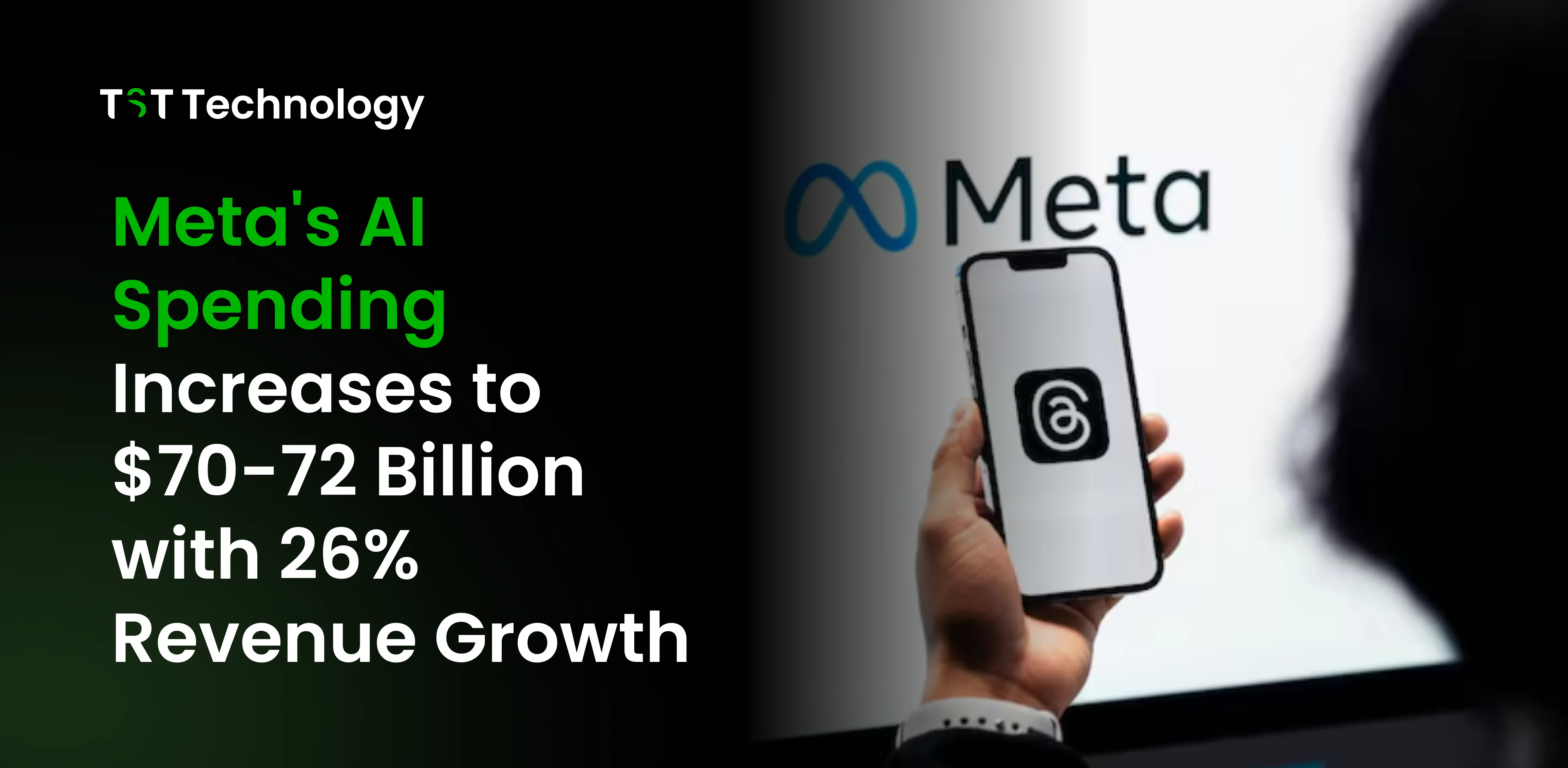
Mark Zuckerberg announced that Meta will ramp up spending on artificial intelligence (AI) next year, signaling an aggressive push to stay ahead in the fast-moving AI race. Following strong Q3 results with revenue up 26% to $51.2 billion Zuckerberg said Meta’s AI investments are improving ad targeting and performance. The company plans $70–$72 billion in capital expenditures for 2025, with even higher spending expected in 2026.
However, investors reacted cautiously, sending Meta’s stock down 8% on fears of overspending. Analysts warned that rising AI infrastructure costs could pressure profits, especially as Reality Labs posted a $4.4 billion loss this quarter. Still, Zuckerberg remains confident, calling front-loaded AI investment the right long-term strategy and projecting up to $600 billion in U.S. spending through 2028.
GitHub Copilot Expands with New AI Models and Agent Mode
GitHub announced significant enhancements to Copilot in October 2025, introducing agent mode that acts as an autonomous peer programmer capable of understanding codebases, surfacing relevant files, following natural language instructions, and automating tasks from code edits to terminal commands and tests. The platform now supports multiple AI models, including GPT-5, Claude Sonnet 4.5, Gemini 2.5 Pro, and Grok Code Fast 1, allowing developers to choose models based on their specific needs.
The agent mode represents a fundamental evolution from code completion to true collaborative programming, where the AI can independently navigate projects, identify necessary files, implement changes across multiple locations, and even execute testing workflows. This advancement reduces context switching and allows developers to focus on high-level problem-solving rather than mechanical implementation details. The multi-model support ensures developers can select the most appropriate AI for their task, whether prioritizing speed, accuracy, or specialized capabilities like multimodal inputs.
AWS US-EAST-1 Region Suffers 15-Hour Outage Affecting Thousands
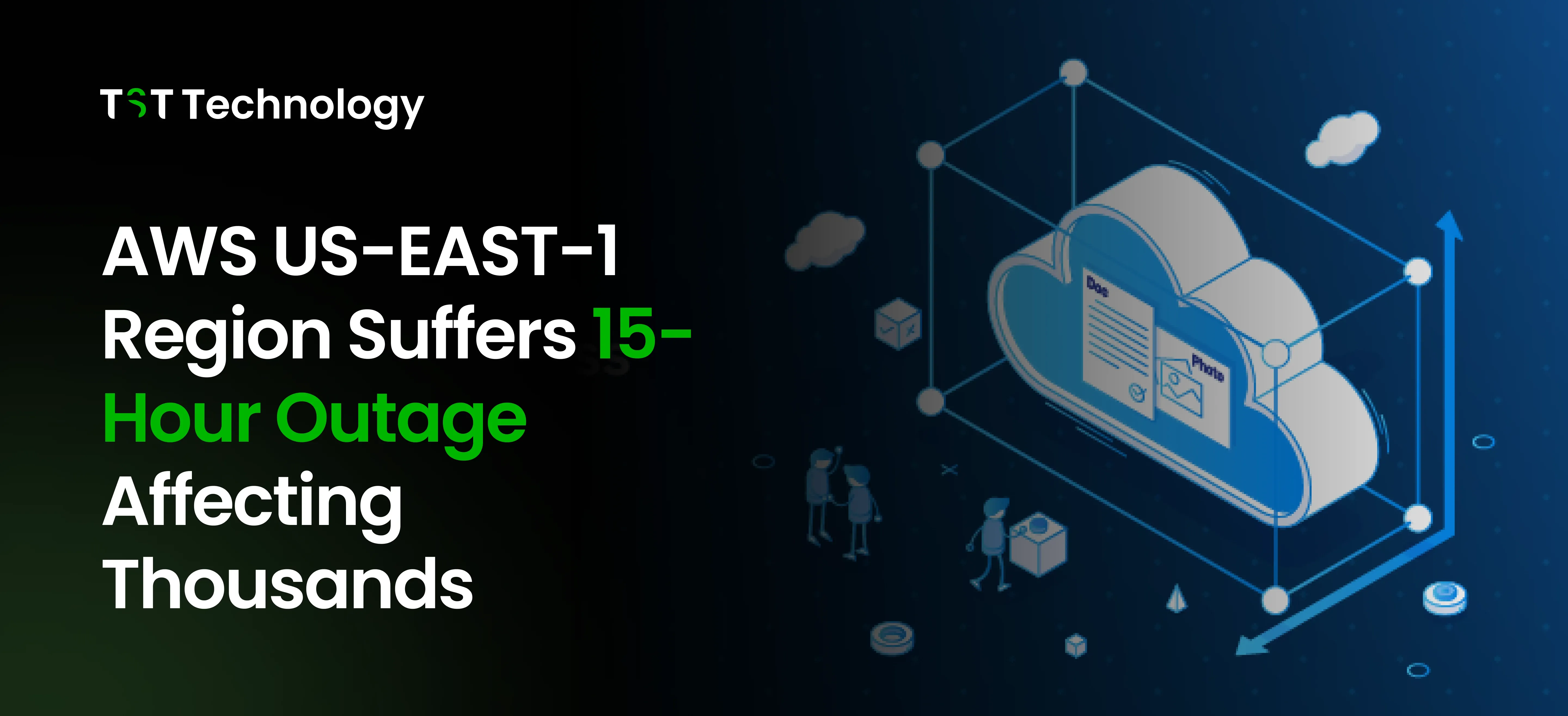
AWS’s US-EAST-1 region, Amazon’s largest and most critical data hub, suffered a catastrophic 15-hour outage. Apps failed, databases went dark, and businesses worldwide were paralyzed. Even companies following AWS best practices, like multi-AZ deployments, couldn’t escape, as the entire region went offline.
The cause: an internal DNS failure that cascaded across core AWS services, breaking communication between systems. Only businesses using multi-region or multi-cloud setups stayed online. The incident proved that true resilience requires more than redundancy within one region demands cross-region, automated failover and cloud-agnostic architecture. In today’s cloud era, adaptability across AWS, Azure, and GCP isn’t optional’s essential.
Adobe MAX 2025 Unveils Comprehensive AI Integration
Adobe announced extensive AI innovations at Adobe MAX 2025 on October 27-28, introducing AI assistants powered by agentic AI across Creative Cloud applications, including Photoshop, Lightroom, Premiere, Illustrator, and Adobe Express. The new AI Assistant in Photoshop enables creative professionals to instruct the assistant to handle repetitive tasks and receive personalized recommendations while maintaining creative control.
Adobe expanded its AI model offerings to include the new Firefly Image Model 5 alongside partner models from Google (Gemini, Veo, Imagen), OpenAI, Runway, ElevenLabs, and Luma. The company introduced studio-quality generative audio and video tools in Adobe Firefly for end-to-end video creation. Adobe emphasized its conversational AI approach, allowing anyone to turn ideas into content by describing what they want to accomplish in their own words. The company also announced Firefly Custom Models and Adobe Firefly Foundry models for enterprises to generate on-brand content at scale.
Nvidia Becomes First $5 Trillion Company with AI Chip Dominance

Nvidia has become the world’s first company to reach a $5 trillion (£3.8 trillion) market value. Once known for gaming chips, it’s now the global leader in AI technology, powering tools like ChatGPT and driving huge demand for its processors. The company hit $1 trillion in 2023 and $4 trillion just three months ago. Its stock jumped 5.6% this week, helped by strong sales in China and new AI partnerships with OpenAI and Oracle. Nvidia is now worth more than the GDP of every country except the US and China.
Still, experts warn of a possible AI bubble as tech stocks keep breaking records. Some analysts say AI firms’ cross-investments, such as Nvidia’s $100 billion deal with OpenAI, may be inflating valuations. Despite trade tensions and earlier market dips, Nvidia’s stock is up more than 50% this year. CEO Jensen Huang expects $500 billion in AI chip orders next year and says the company will pay less in US taxes from 2025 due to new laws.
Samsung Expands Galaxy AI to 22 Languages
Samsung announced on October 29, 2025, the expansion of Galaxy AI to support two additional languages: Filipino and Gujarati, bringing total language support to 22. This expanded language support began rolling out on October 29, strengthening Samsung's commitment to lowering language barriers and providing meaningful mobile AI experiences to more people globally.
Galaxy AI features enhanced include: Live Translate for real-time, two-way voice and text translations during calls; Interpreter for instant in-person conversation translation through a split-screen view; Chat Assist for tailoring messages with tone suggestions (professional, friendly, or playful); Note Assist for generating summaries and pre-formatted templates; Transcript Assist for transcribing, summarizing, and translating voice recordings; and Browsing Assist for summarizing news articles and webpages. Samsung reports Galaxy AI is on track to surpass 400 million devices by the end of 2025, demonstrating rapid adoption of AI features across its device ecosystem.
Miro Introduces AI Collaboration for Product Teams
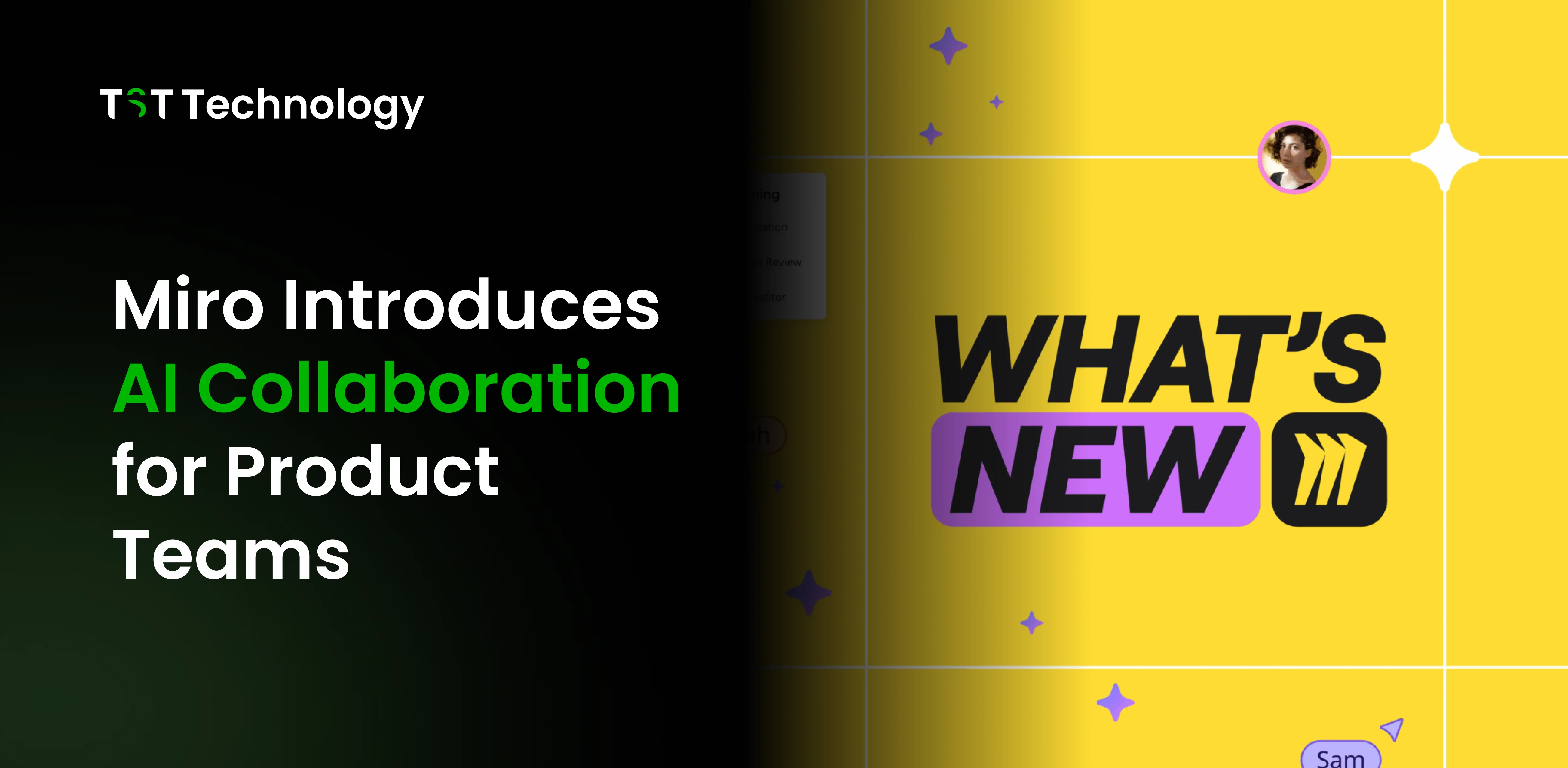
Imagine if your team could work with AI the same way you already work together in Miro, no more separate chats or copy-pasting. At Canvas 25, Miro made this vision real with the launch of the AI Innovation Workspace, where AI joins your team directly on the canvas to help everyone move faster together.
Miro also introduced Miro for Product Acceleration, a set of AI tools that help product, design, and engineering teams go from ideas to finished products quickly.
With features like Sidekicks, Flows, Prototypes, and Insights, teams can brainstorm, build, and ship faster, all in one place. Miro now supports over 100 million users and 250,000 companies, marking the start of a new era for teamwork and innovation.
Conclusion
October 2025 marks a major turning point in AI, showing how fast we’ve moved from experiments to real-world systems used across industries. Key updates include OpenAI’s Sora 2 making pro video creation easier, the Atlas browser changing how we use the web, Meta’s $70B+ investment in AI infrastructure, the 1X Neo humanoid robot for home use, and Nvidia’s $5T valuation proving AI chips power this new era.
For everyone, creators, developers, and business leaders, staying updated on these AI advances is essential. The tools launched in October 2025 point to the next wave of digital transformation. Explore, test, and prepare for a future where AI works side by side with humans in every field.
👉 Follow TST Technology for the latest tech updates and insights on emerging AI innovations.






